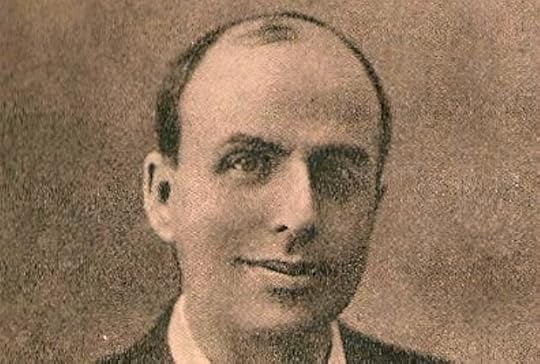What do you think?
Rate this book


90 pages, Hardcover
First published January 1, 1896
Contrary to history, art describes individuals, desires only the unique. It does not classify, it unclassifies… To describe a man in all his anomalies a book should be a work of art…
Tears, he knew, came from the action of certain small glands under the eyelids, agitated by a procession of atoms leaving the heart, while the heart itself had been struck by a series of coloured images detaching themselves from the surface of a woman’s body. He knew that love was caused by a flood of atoms desiring to join themselves to other atoms. The sadness of death he knew to be the unsoundest of all earthly delusions, for the dead feel neither sorrow nor suffering, while he who mourns, mourns but his own end.



[Paolo] Uccello non si preoccupava affatto della realtà delle cose, ma della loro molteplicità e dell’infinito delle cose; e così fece campi blu, e città rosse, e cavalieri vestiti d’armature nere su cavalli d’ebano, dalla bocca infiammata, e lance dirette come raggi di luce verso tutti i punti del cielo.
[...]
In seguito, simile all’alchimista chino su miscugli di metalli e di organi a spiarne la fusione nel suo fornello per trovare l’oro, Uccello versava tutte le forme nel crogiolo delle forme. Le riuniva, e le combinava, e le fondeva, al fine di ottenere la loro trasmutazione nella forma semplice, dalla quale dipendono tutte le altre.
[...]
A ogni nuova combinazione di linee, sperava di aver scoperto la modalità del creare. Non mirava all’imitazione, ma alla potenza nello sviluppare sovranamente tutte le cose, e la strana serie di cappucci con le pieghe gli sembrava più rivelatrice delle magnifiche figure di marmo del grande Donatello.
[...]
E così un giorno, in un prato, vicino a un cerchio di vecchie pietre affondate nell’erba, egli scorse una fanciulla che rideva, e aveva la testa cinta da una ghirlanda. [...] Egli notò la flessione del suo sorriso. E quando lei lo guardò, egli vide tutte le piccole linee delle ciglia, e i circoli delle pupille, e la curva delle palpebre, e i sottili intrecci dei capelli, e nel suo pensiero fece descrivere alla ghirlanda che le cingeva la fronte una moltitudine di posizioni.
[...]
Uccello disegnò le sue labbra, e i suoi occhi, e i suoi capelli, e le sue mani, e fissò tutti gli atteggiamenti del suo corpo; ma non fece mai il suo ritratto, così come facevano gli altri pittori che amavano una donna. Poiché l’Uccello non conosceva la gioia di limitarsi all’individuo; non ristava in un solo luogo: voleva planare, nel suo volo, al di sopra di tutti i luoghi.